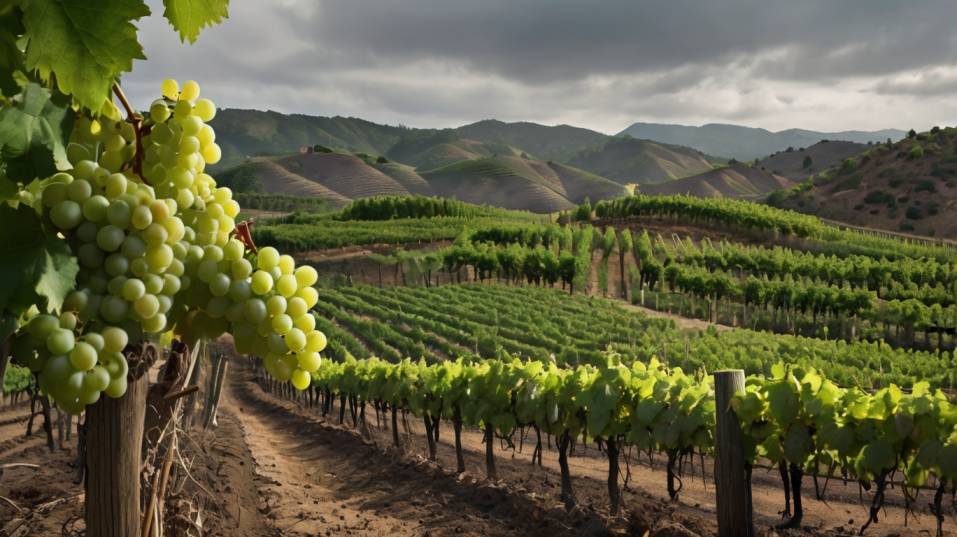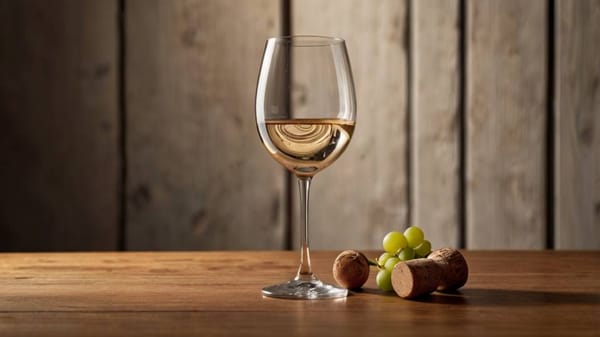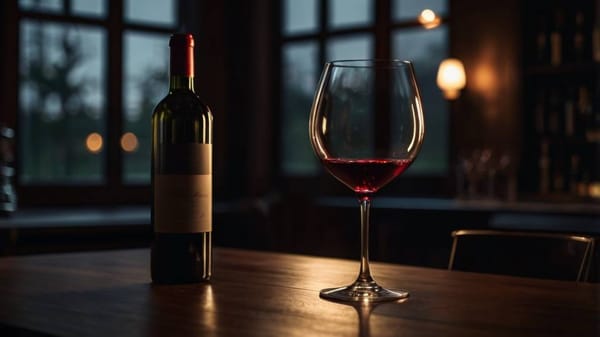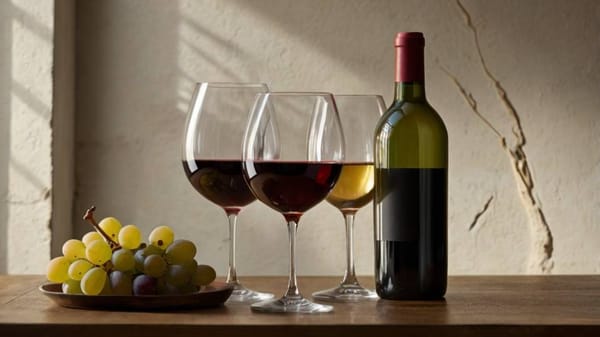Why Some Grapes Thrive in Cold Climates
Discover why cold climates make wines more vivid, focused, and age-worthy — and how that knowledge helps you choose and taste with confidence.

Ever wonder why some wines feel brighter, tighter, more alive? It might be the cold. While heat builds ripeness, cooler climates build character.
Grapes grown in chillier places ripen slowly, holding onto acidity and unlocking nuance. These wines don’t shout — they hum with precision, lift, and length.
Whether you're just getting into wine or refining your taste, understanding how temperature shapes flavor is a shortcut to smarter sipping and better bottle picks.
What Cold Really Does to Grapes
At the most basic level, a grapevine’s job is to turn sunlight into sugar. Warm climates help that process along quickly, which leads to riper grapes with more sugar — and ultimately, more alcohol.
But the downside? Acidity tends to drop as sugar rises. And acidity is what keeps wine fresh, sharp, and focused.
In colder regions, ripening slows down. Grapes develop flavor more gradually, and they hold onto their acidity longer.
That longer growing season means more nuance: you get wines with brightness, aromatic lift, and structure — not just fullness or fruitiness. When done right, the result is a wine that feels complete — with tension, precision, and balance.
You don’t need to memorize vineyard maps to taste this. A wine from a cooler climate often feels lighter on its feet, more detailed, with cleaner lines.
It’s the difference between a tightrope walker and a sprinter — both are skilled, but only one keeps you holding your breath.

Classic Examples That Prove the Point
Riesling
Some grapes absolutely need cold to be great. Riesling is the clearest example. In warm regions, it can turn flabby or sickly-sweet.
But in Germany’s Mosel or Austria’s Wachau, where nights are cold and harvests are late, Riesling becomes something else entirely: racy, crystalline, layered with citrus, stone, and mineral tones.
That electric acidity isn't just refreshing — it’s the backbone that carries the wine for years, sometimes decades.
Pinot Noir
Pinot Noir is another benchmark. It’s notoriously thin-skinned and finicky — too much heat, and it loses its delicate perfume and earthy complexity.
That’s why it thrives in places like Burgundy, Oregon, or coastal New Zealand. The cooler air keeps its alcohol moderate and its flavor detailed — think red berries, forest floor, spice — all delivered with a silky, transparent texture.
Chardonnay
Even Chardonnay, one of the world’s most adaptable grapes, tells a different story in cold climates.
In Chablis, for example, it becomes razor-sharp, flinty, almost saline — a far cry from the plush, oaky styles found in warmer places. Cold brings out its mineral side, its precision, its ability to cut through richness without overpowering it.
Cold Isn’t Just About Geography
When we talk about “cold-climate” wines, it’s not just about how far north or south a vineyard sits. Climate is more nuanced. A vineyard at a high elevation might be cooler than one at sea level, even if it's near the equator.
Coastal areas can experience dramatic nighttime drops in temperature thanks to ocean breezes — a phenomenon known as diurnal shift — that helps lock in acidity.
Even soil type plays a role. Limestone, granite, and slate retain coolness and drain water quickly, which stresses the vines just enough to intensify flavor.
All these factors — altitude, latitude, soil, exposure — combine to create the conditions that define a cool-climate wine. What matters most is how slowly and completely the grapes ripen.
How This Helps You Choose and Taste Smarter
So what does this mean when you're standing in front of a wall of bottles, or looking at a restaurant list? Start thinking about style before grape. Are you in the mood for something brisk and linear, or round and lush?
A Sauvignon Blanc from the Loire Valley will be stony and citrus-driven; from California, it might be tropical and soft. Neither is better — but they’re not interchangeable.
Cool-climate wines often excel at the table because of their natural acidity. That brightness lifts food, especially richer or saltier dishes.
A high-acid white cuts through creamy sauces. A lean red refreshes your palate after each bite of roasted meat or earthy mushrooms.
You don’t need to overthink the pairing — just notice how the wine interacts with the food. If it feels cleansing, if it makes you want another bite, that’s a good sign.
And beyond food, start tuning into texture. Cool-climate wines tend to feel more vertical — they rise in your mouth, rather than spreading out.
There’s tension, a sense of grip, and often a cleaner finish. Over time, learning to recognize that shape — that focused structure — will help you trust your own taste.
Myths Worth Letting Go
Cold-climate wines challenge some common assumptions about what makes a wine “good.” Let’s unpack a few lingering myths that deserve a second look.
Intensity Doesn’t Always Mean Quality
One of the biggest misconceptions in wine is that intensity equals quality. Bold, fruit-forward wines have their place, but if you're always chasing size, you miss out on subtlety — and subtlety is where wine gets interesting.
Cool-climate wines might not shout, but they don’t need to. They whisper with precision, surprise with clarity, and reward slow sips.
Cold Doesn’t Mean Simple
Another myth: colder means simpler. In fact, the opposite is often true. Because ripening is less predictable in cool climates, winemakers have to make more careful decisions. Pick too early, and the wine will be sour and green.
Pick too late, and you risk losing that brightness. The best cold-climate wines come from people who know how to walk that razor's edge — and that risk often pays off in complexity, longevity, and a sense of place.
Final Thoughts
Cold-climate wines are a gateway to clarity — in flavor, in structure, and in confidence. They teach you to taste with more awareness, to look for freshness and tension, not just volume.
The more you pay attention, the more you’ll start to crave that energy: the sharp snap of acidity, the lifted aromatics, the way a wine can feel both delicate and deliberate.
So take the next step. Reach for a bottle from a cooler region — whether it’s a nervy Riesling, a mineral-driven Chardonnay, or a red that tastes more savory than sweet. Taste it with intention.
Let it stretch your palate. And maybe make it part of your ritual — the kind that keeps you curious, engaged, and always a little more in tune with the glass in your hand.




